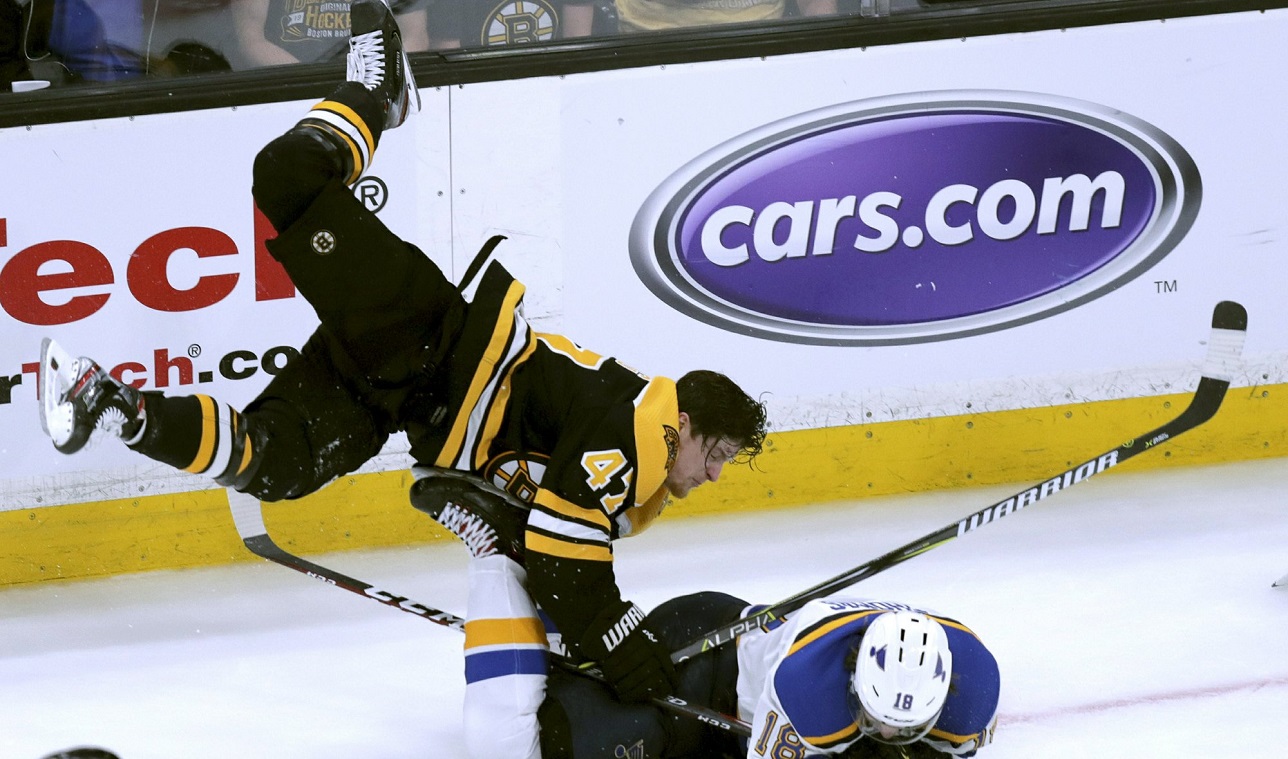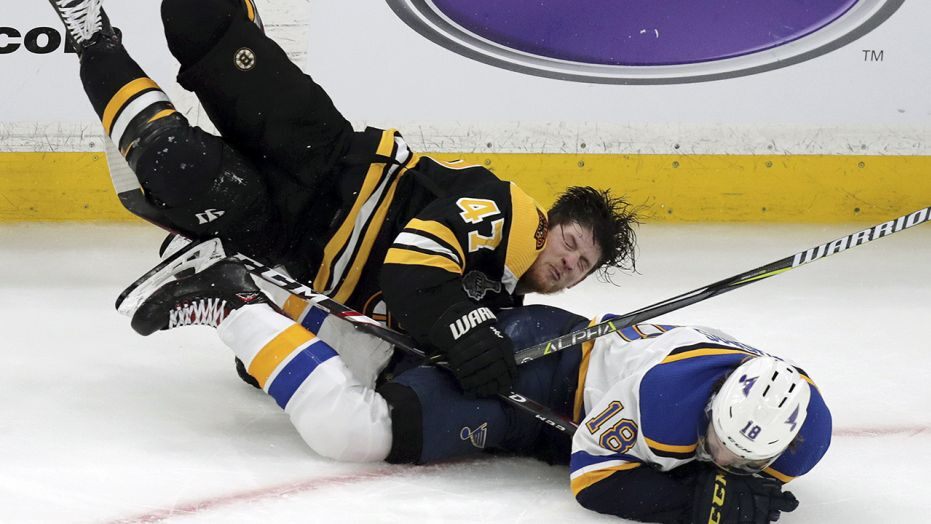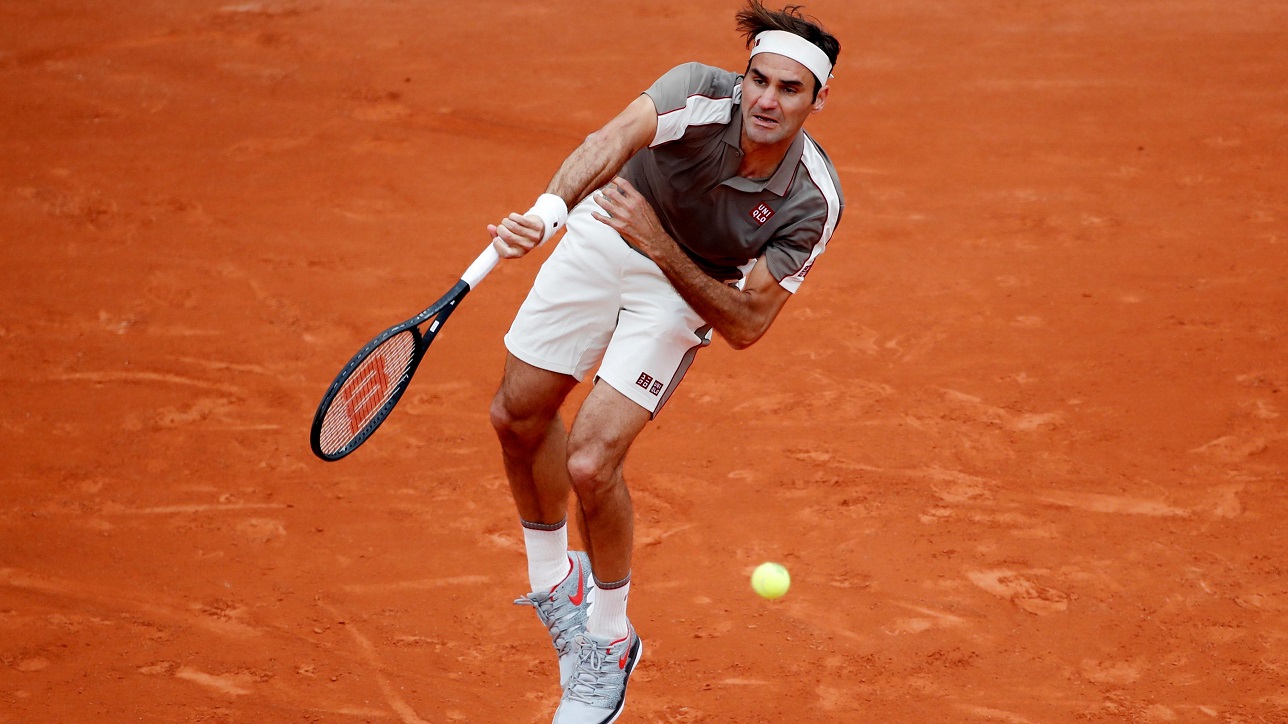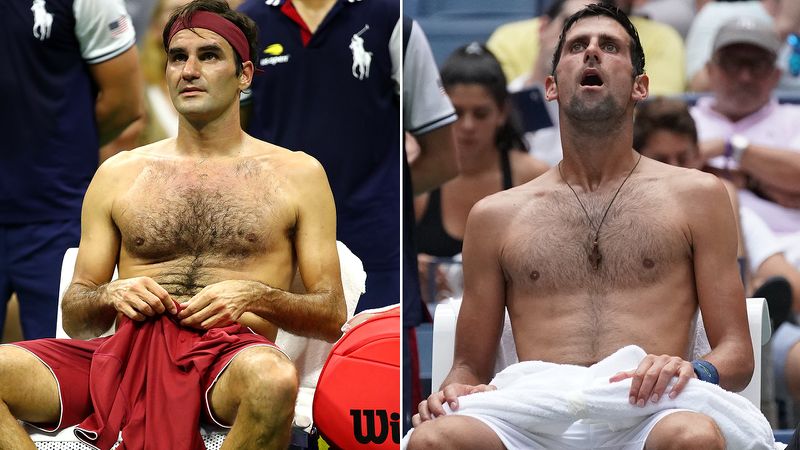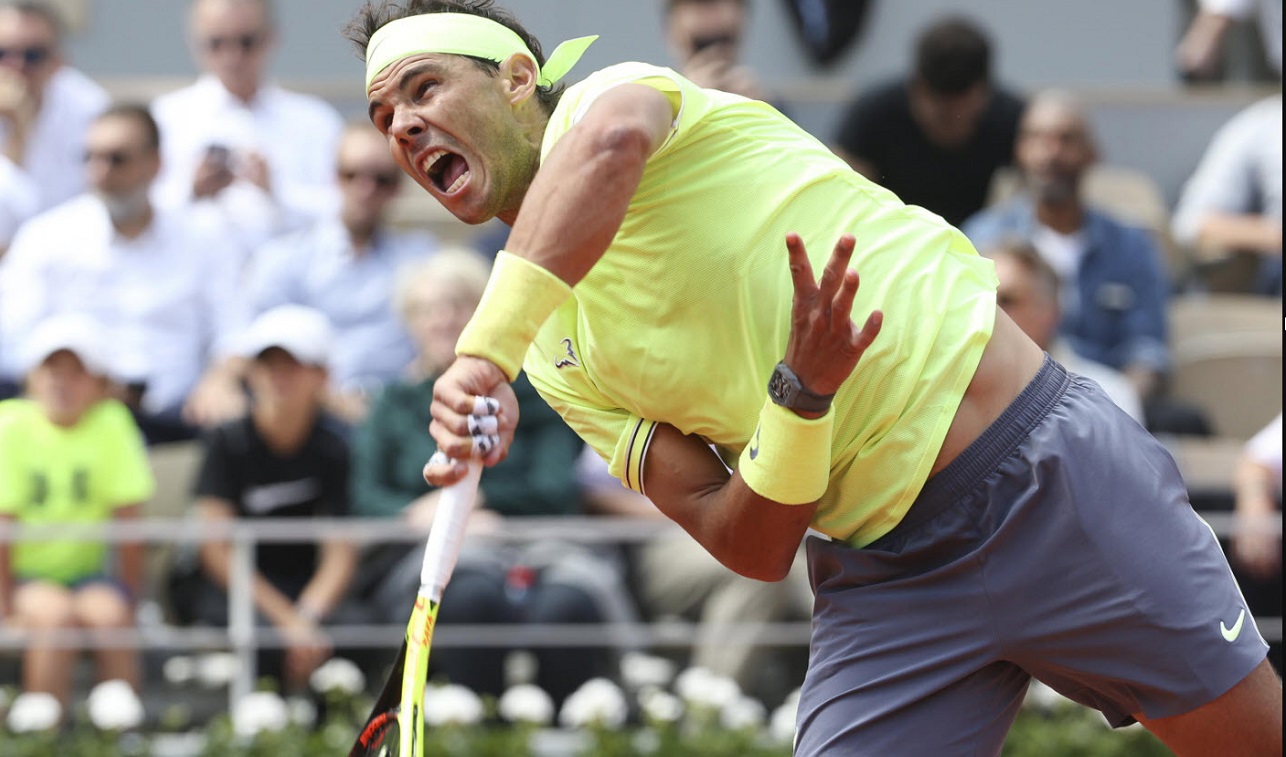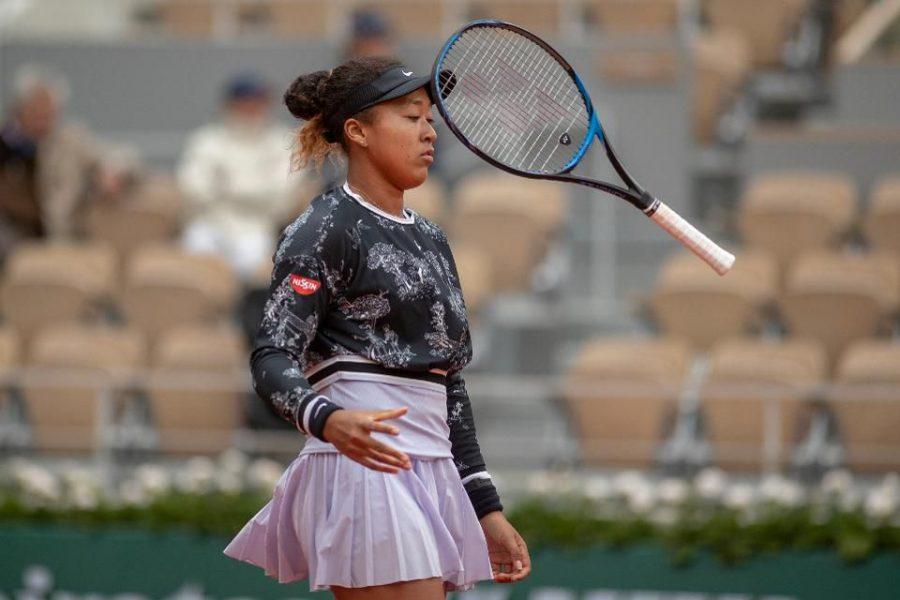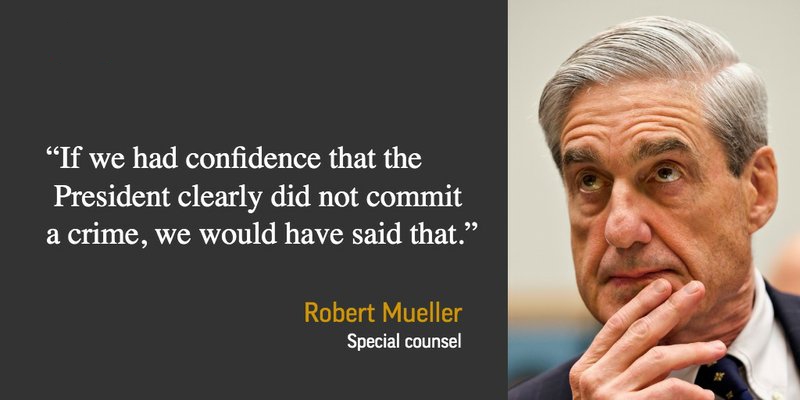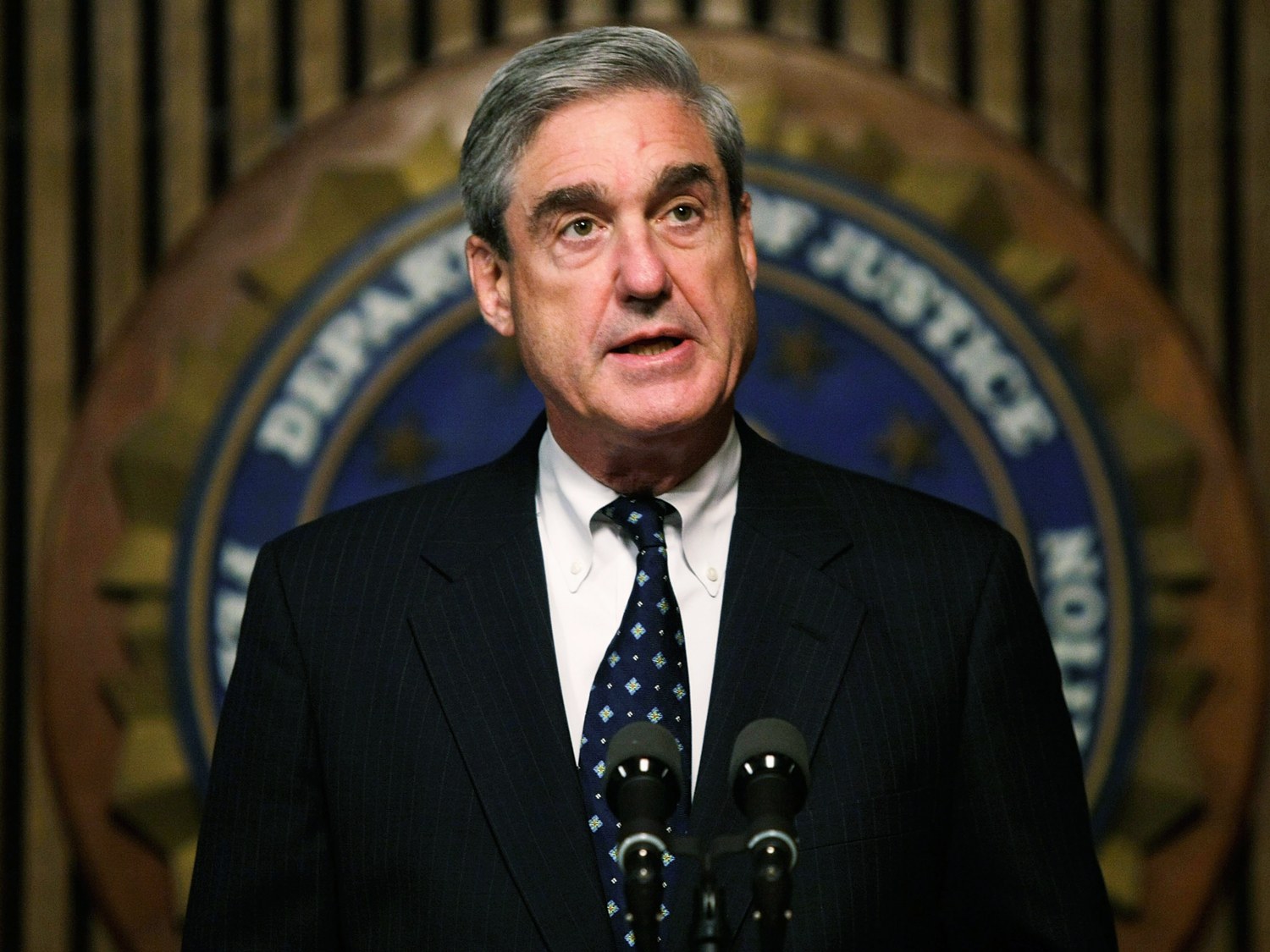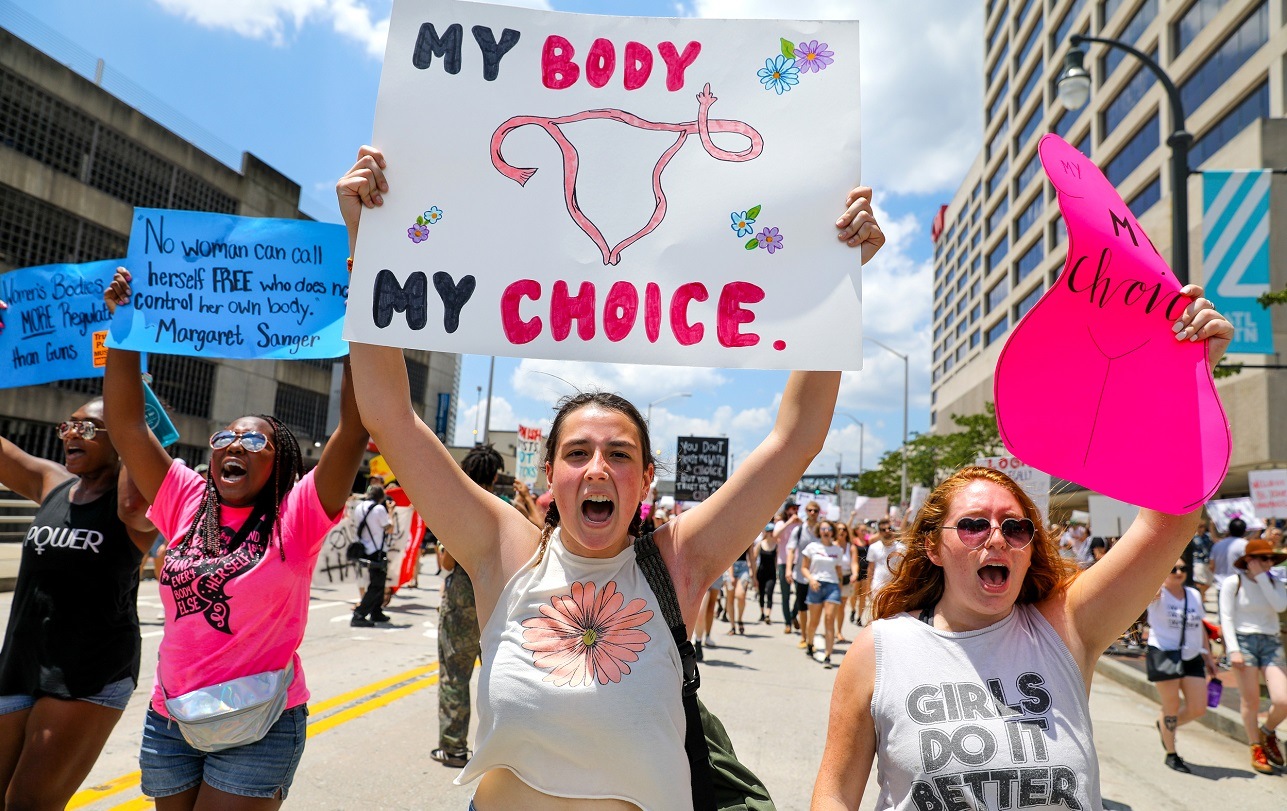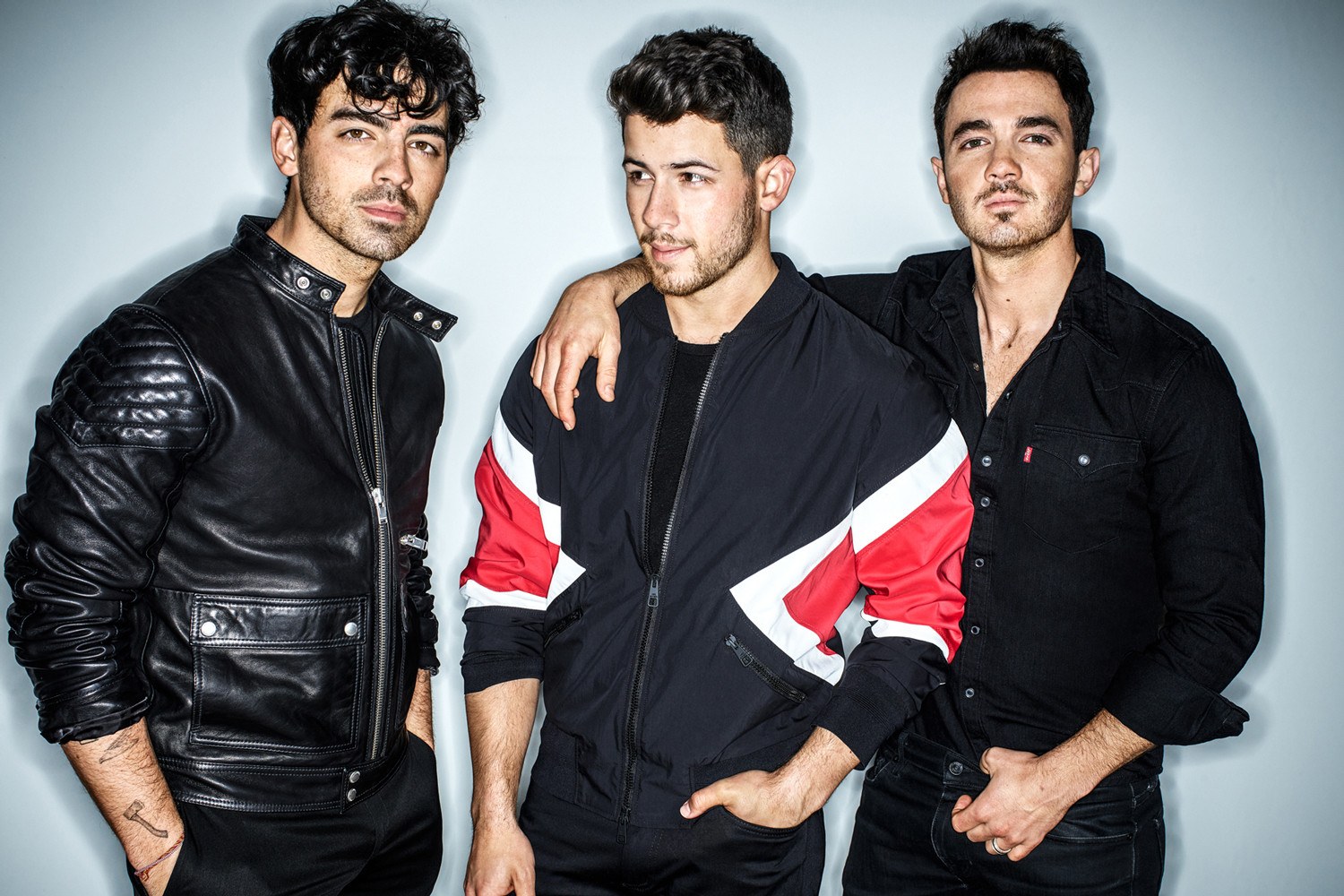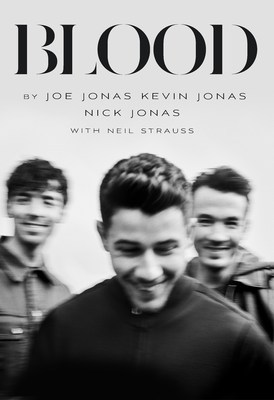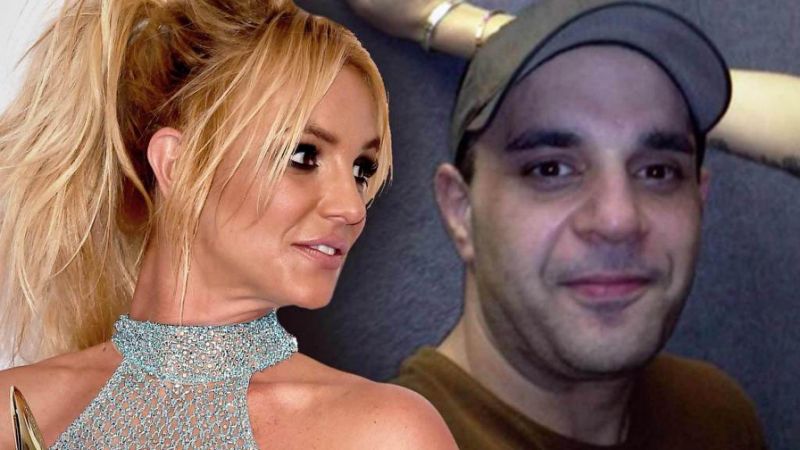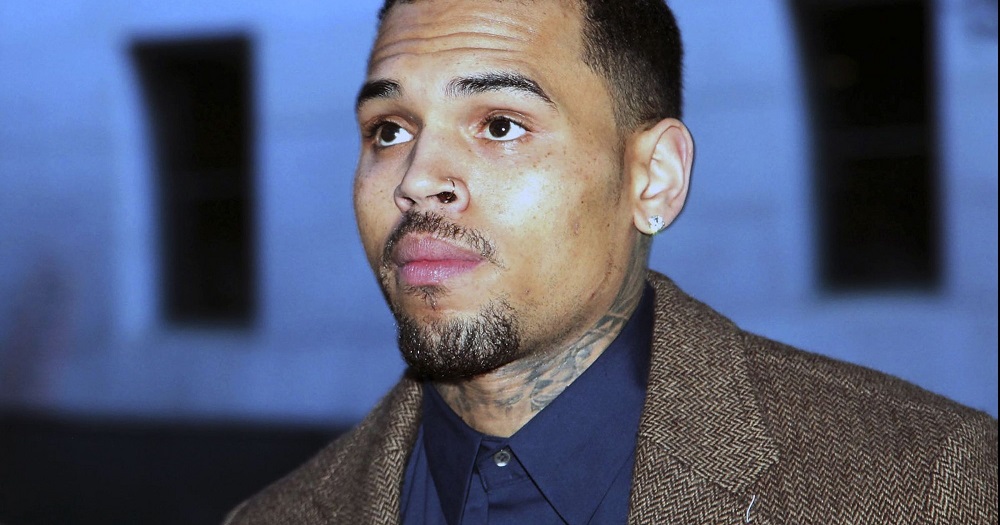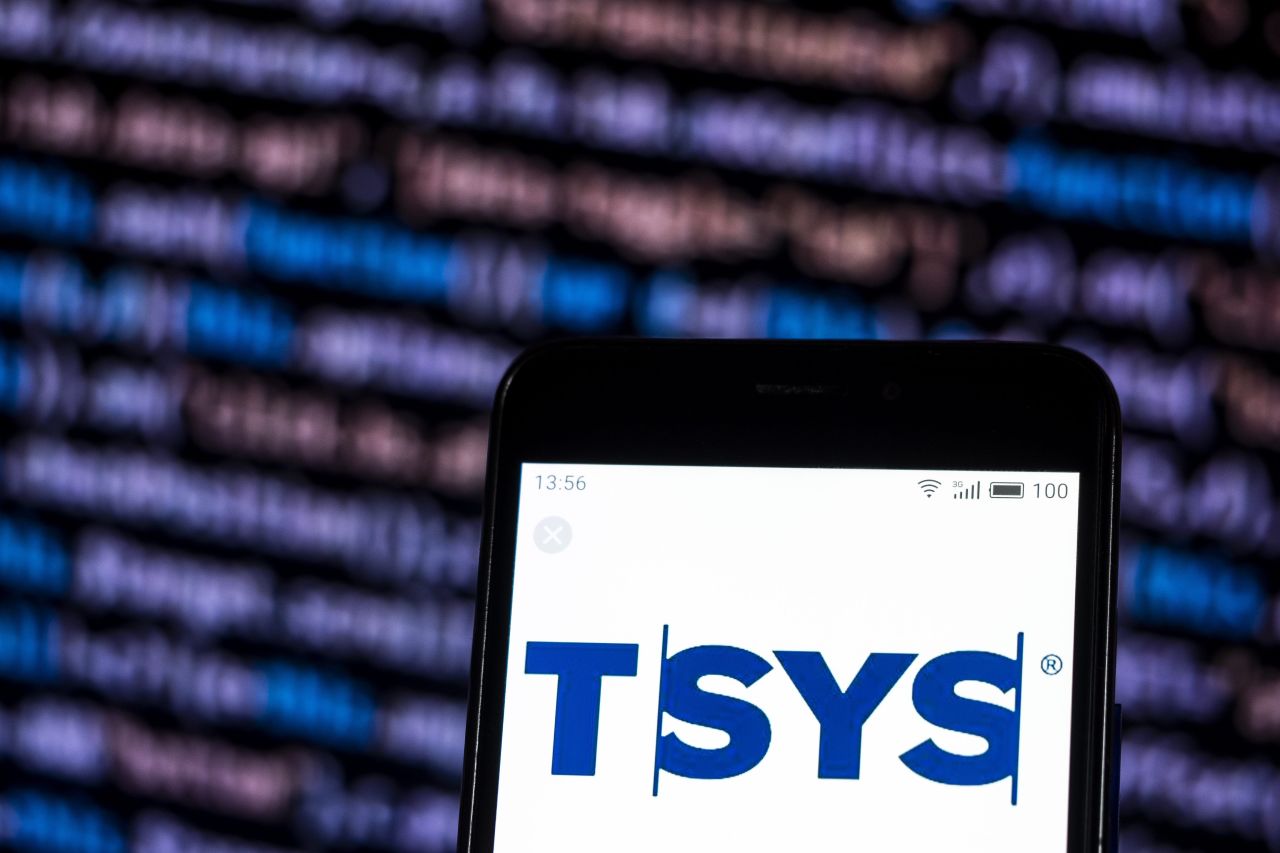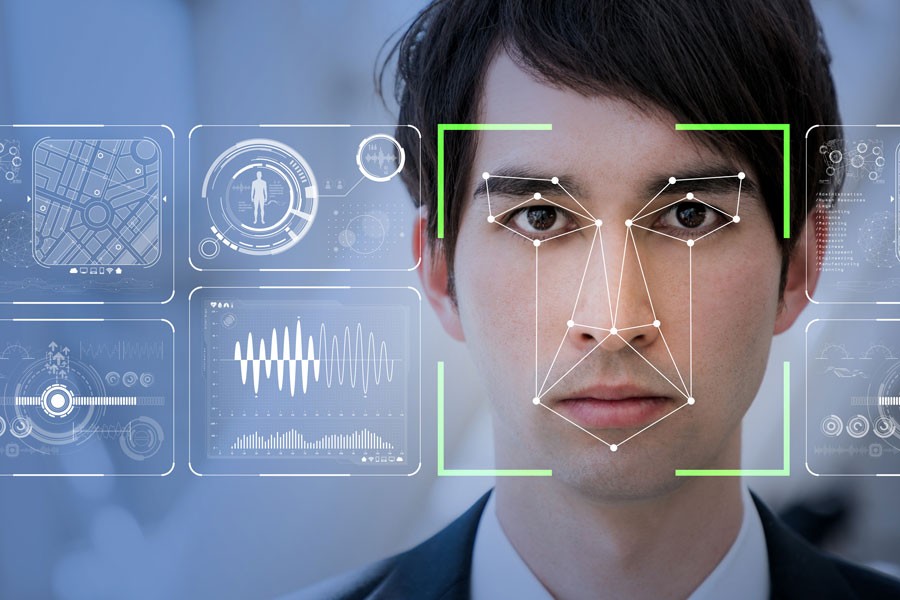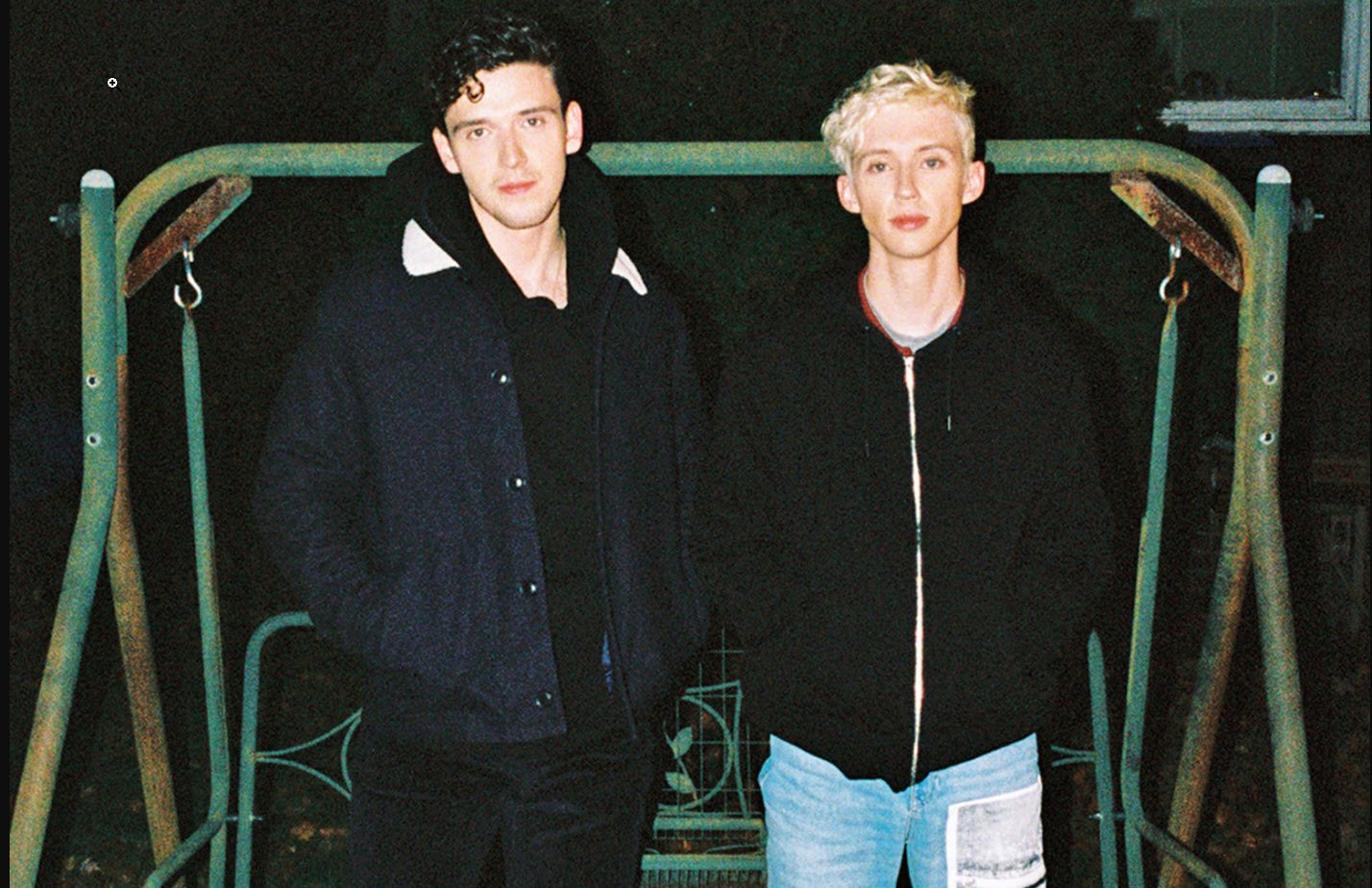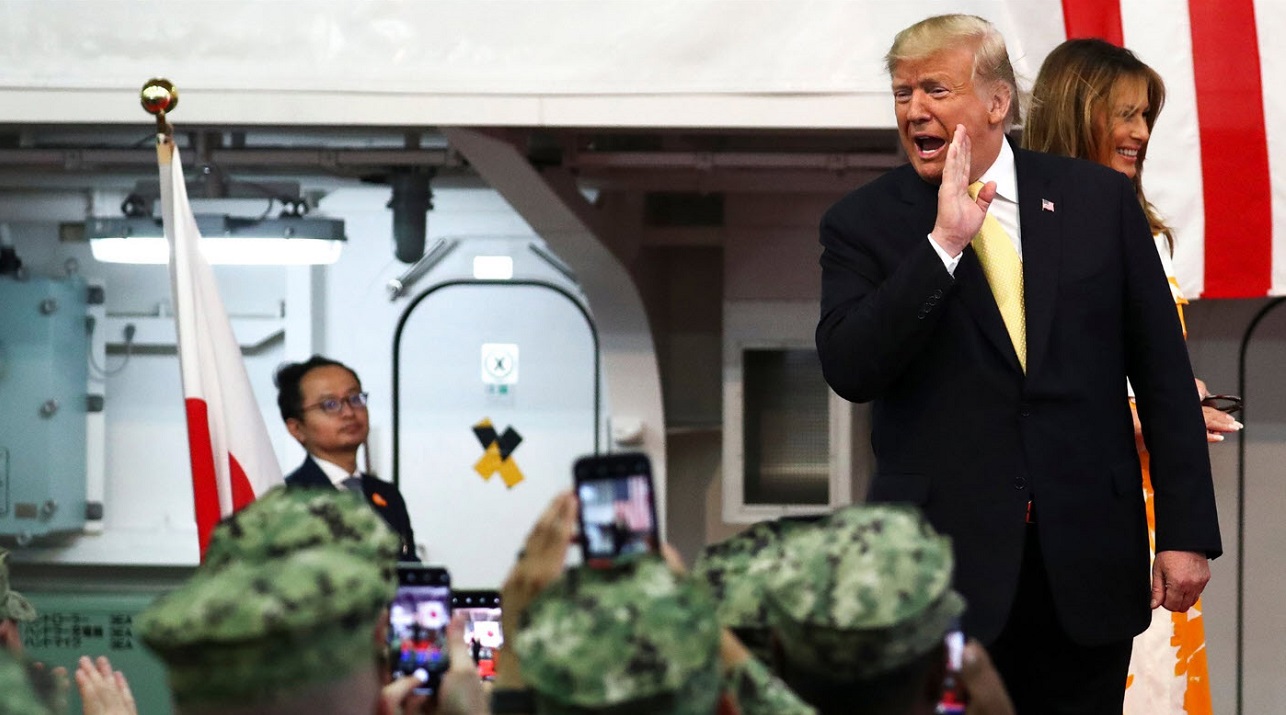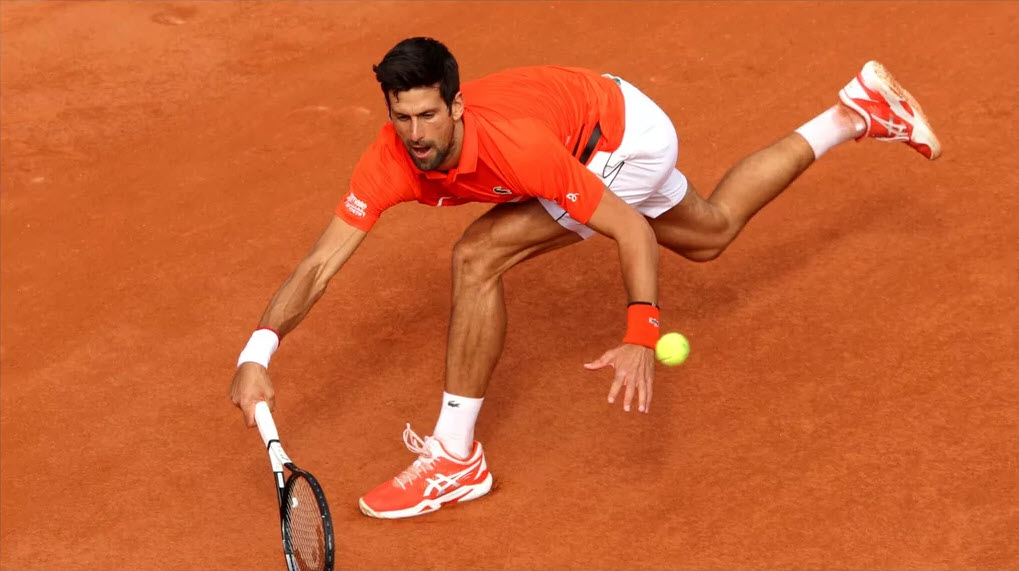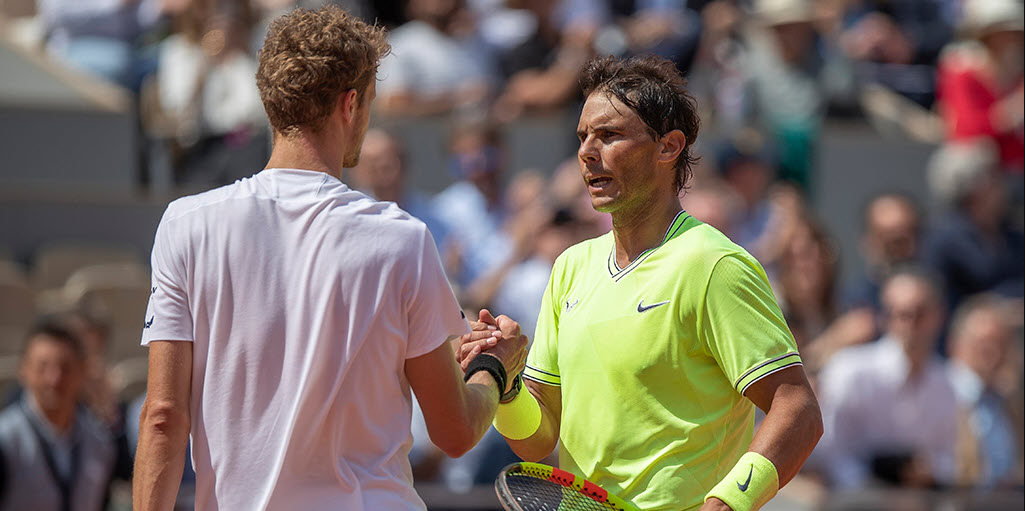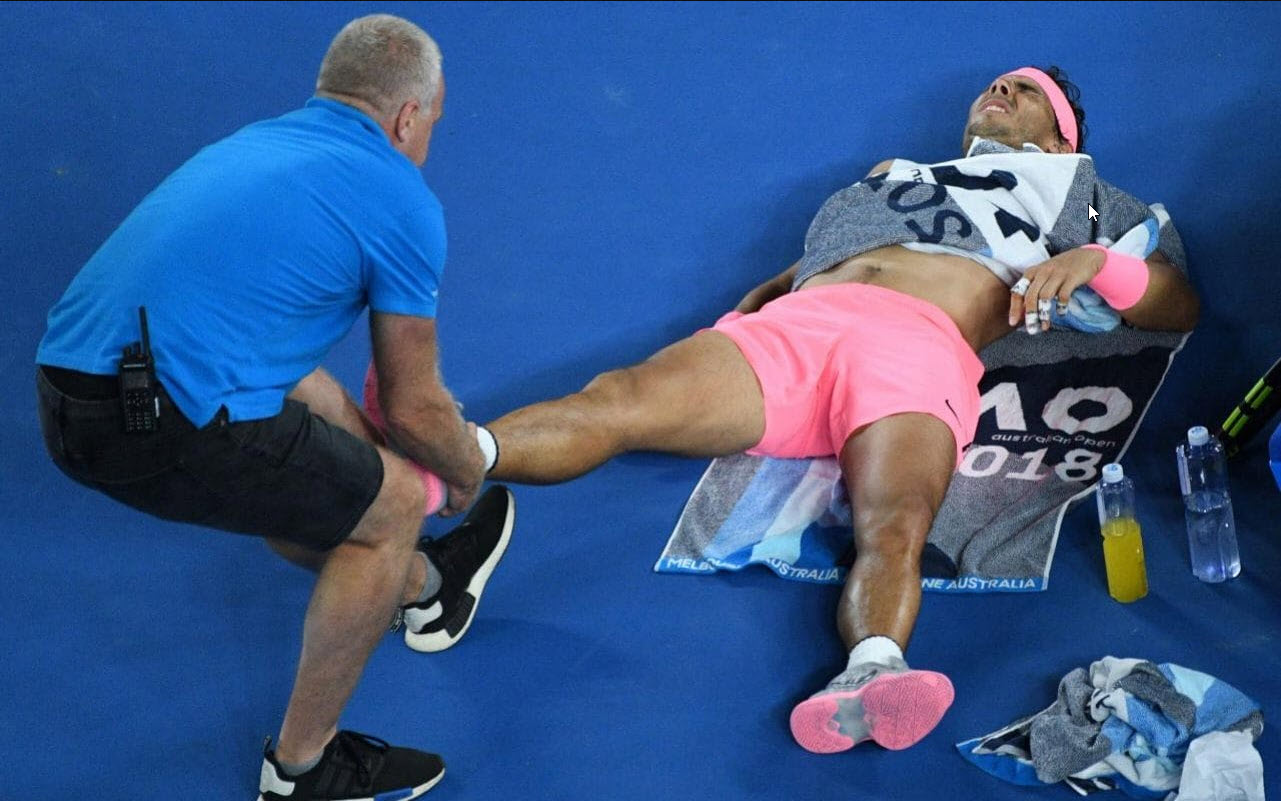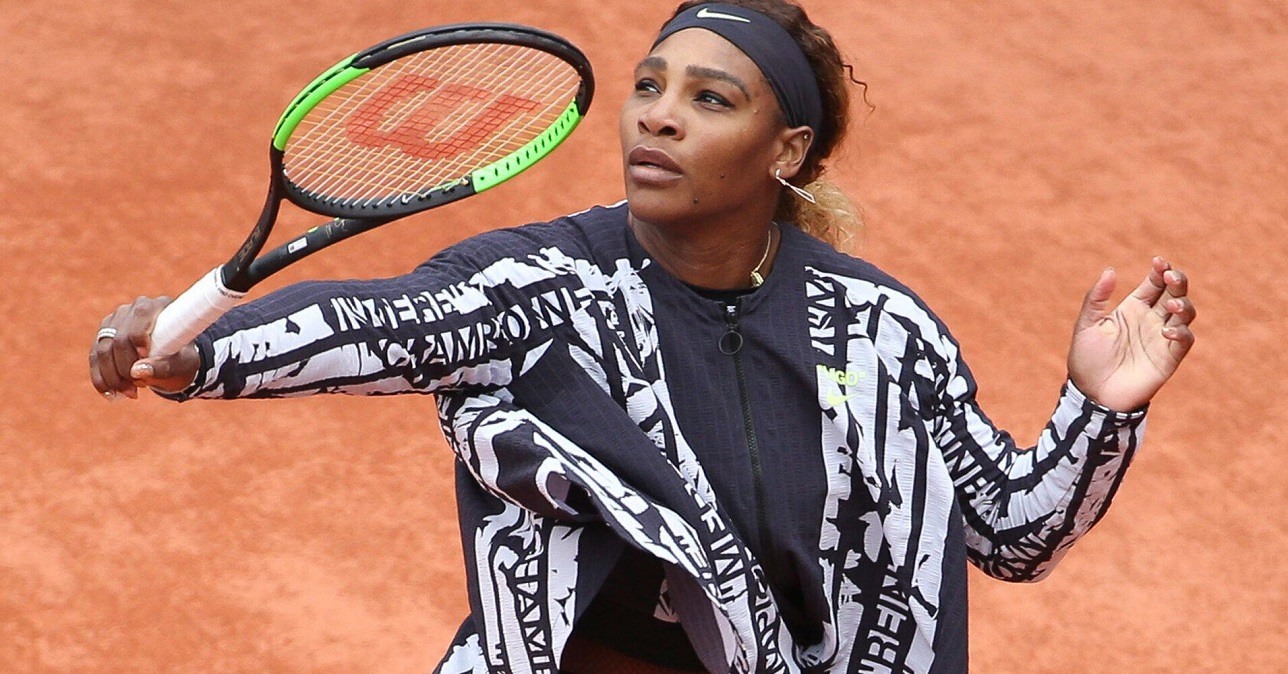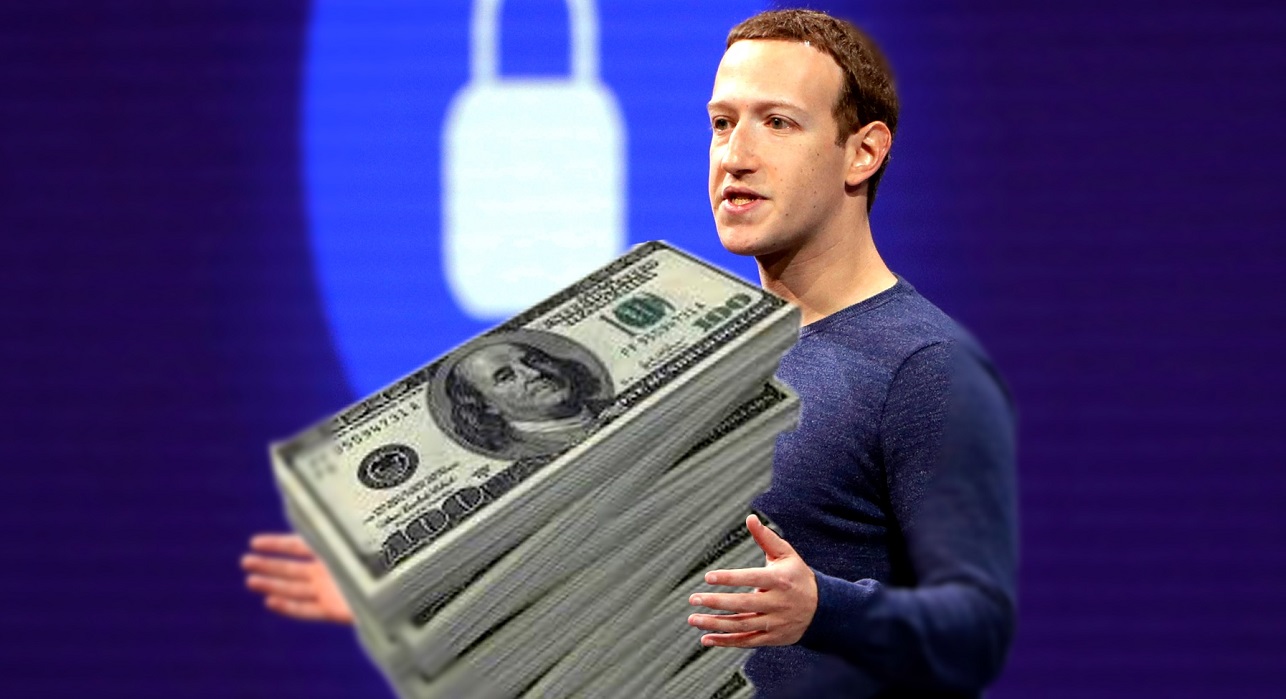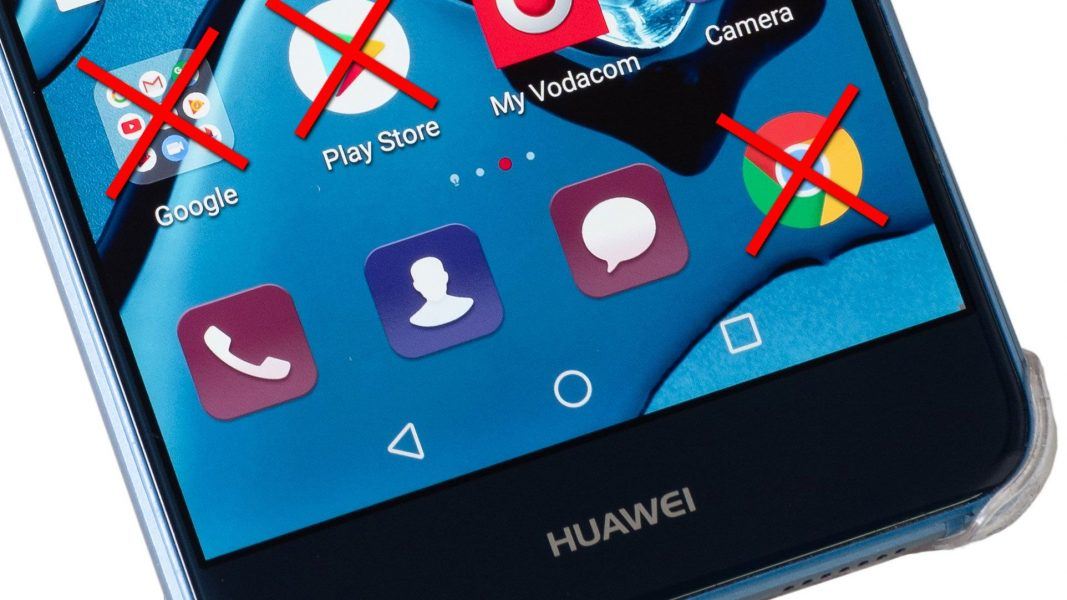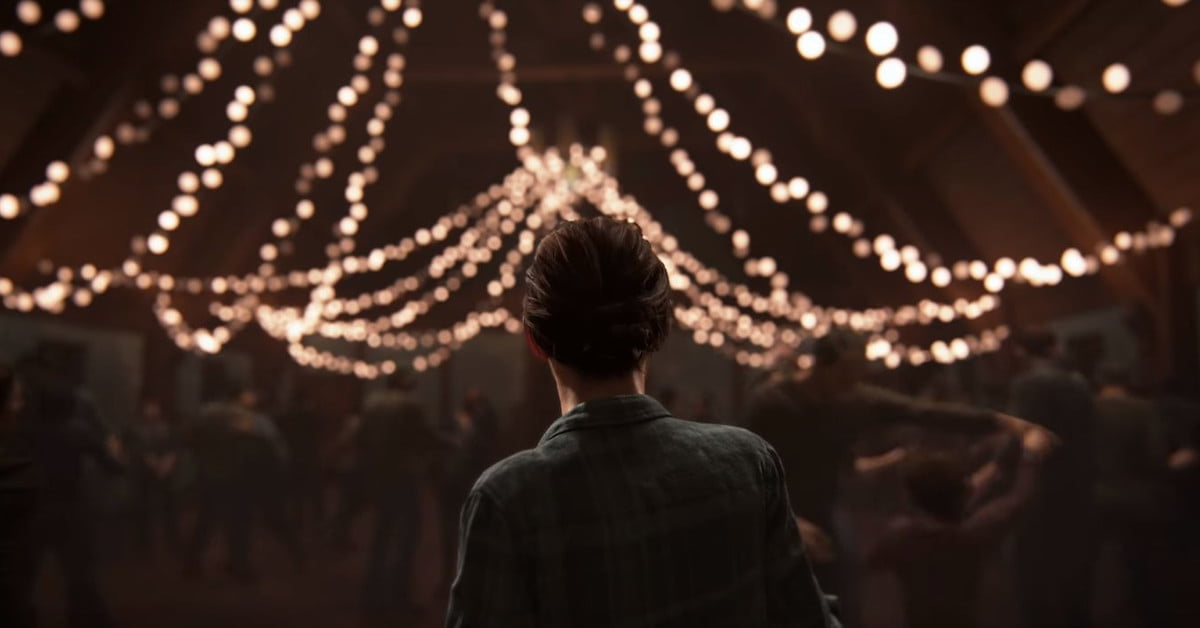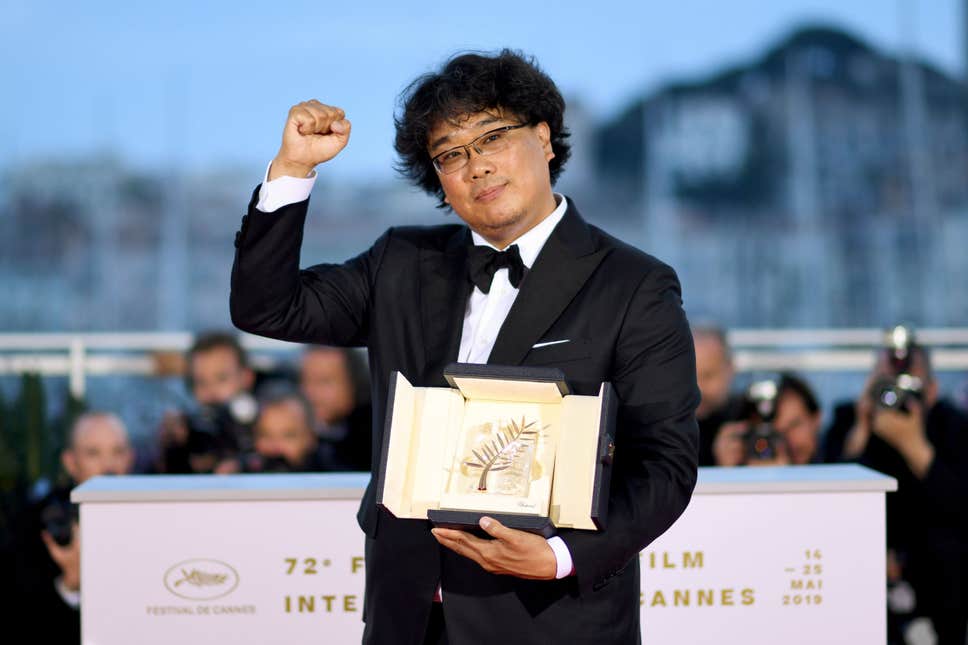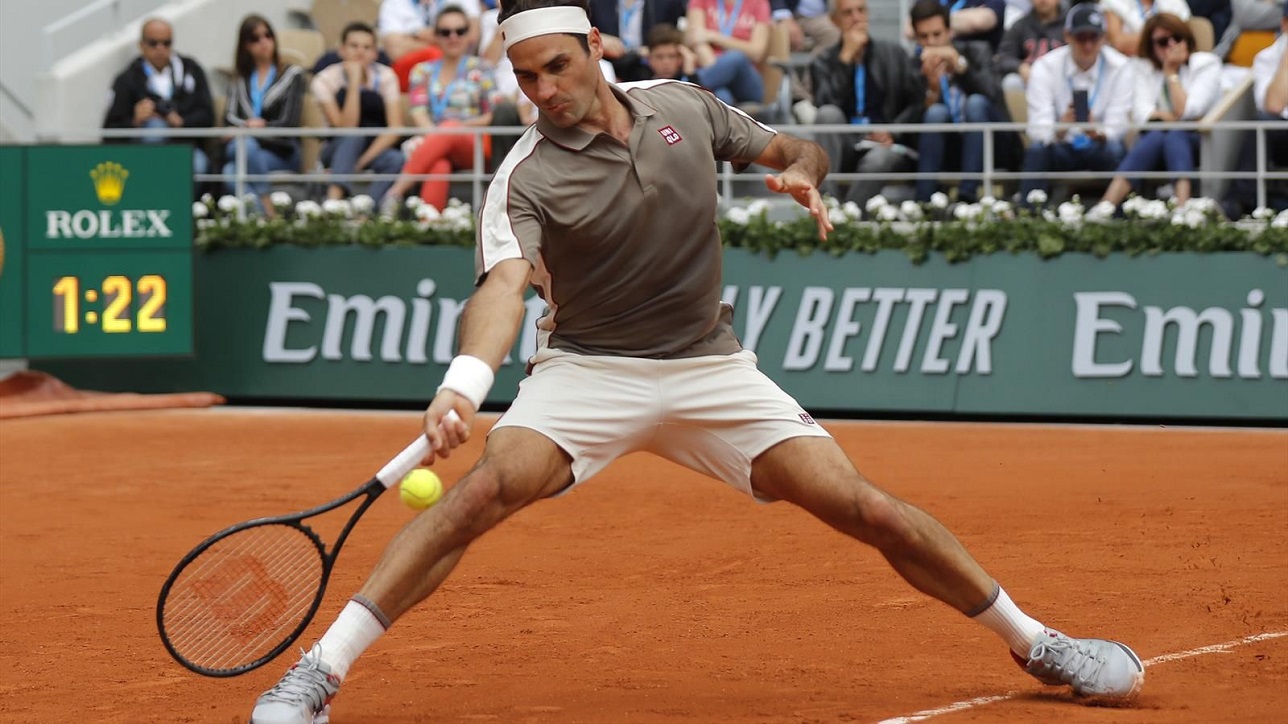2019 French
Open favorites were off to a great start Monday with Serena Williams fighting
back a first set defeat, while Rafael Nadal and Novak Djokovic breezed
through their first round opponents. Nadal made quick work on Yannick Hanfmann (6-2,
6-1, 6-3 ) while World no 1 Djokovic did the same with Hubert Hurkacz in
straight sets.
Rafael Nadal cruises into round two
Nadal, a 17-time Grand
Slam champion, set up a clash with another German qualifier — World No 114
Yannick Maden — in round two.
Nadal had suffered three
consecutive semi-final defeats earlier in the clay-court season, but appeared
to find his best in an Italian Open title success sealed with victory over old
rival Djokovic, while his French Open win-loss record now reads 87-2.
“It’s always amazing
to play here… It’s been an important place in my career,” the second
seed said.
“I played a good
tournament in Rome which was very important for my confidence. Now we’ll
see.”
The 32-year-old Nadal
raced into a 3-0 lead in the opening set before a second break of serve in the
eighth game sealed it after just 40 minutes.
The second set was over in
a flash as Nadal crushed nine winners past the beleaguered Hanfmann.
The winning line honed
into view when Nadal broke after a lengthy game to take a 2-1 advantage in the
third, and the Spaniard completed the job on his first match point as world
number 184 Hanfmann blasted long.
Novak Djokovic impresses
Novak Djokovic laid down an early marker in his bid to hold all four Grand Slam titles simultaneously for the second time, powering past Polish youngster Hubert Hurkacz.
The 15-time major champion
impressed in a 6-4, 6-2, 6-2 triumph and will face Swiss lucky loser Henri
Laaksonen in round two.
“I was very solid.
I’m happy with my game today,” said the top seed. “It’s a long
tournament… But I just want to concentrate on my next match.”
Twelve months ago,
Djokovic dropped out of the world’s top 20 after a shock quarter-final loss to
Marco Cecchinato and even pondered skipping Wimbledon, but he has instead
reclaimed his place at the top of the game.
Earlier on Monday, former
World No 1 Caroline Wozniacki collapsed to a 0-6, 6-3, 6-3 loss to Russian
World No 68 Veronika Kudermetova in the first round.
“I think she got very
lucky at the start of the second set and took advantage of the opportunities
she got,” said Wozniacki.
Sixth seed and two-time
Wimbledon champion Petra Kvitova was forced to pull out before her scheduled
opener against Sorana Cirstea with a left arm injury but said she should be fit
for Wimbledon, which starts on 1 July.
Dutch fourth seed Kiki
Bertens looked in fine fettle, though, beating home player Pauline Parmentier
6-3, 6-4.
In the men’s event,
three-time Grand Slam champion Stan Wawrinka progressed with a 6-1, 6-7 (3),
6-2, 6-3 win over Slovakian Jozef Kovalik.
Facing Nadal On The Court
Like so many
others who have faced Rafael Nadal, Yannick Hanfmann thought he had a plan.
Until, that is, tennis’ greatest clay-court player dismantled it stroke by
stroke on the red dirt where he has won 11 French Open titles.
“After the
first two sets, you’re thinking like, ‘Damn,’” Hanfmann, a German ranked 184th,
said after losing 6-2, 6-1, 6-3 on Monday. “It’s rough.”
The
27-year-old former college player at the University of Southern California, who
won three qualifying matches to earn the dubious honor of being Nadal’s
punching bag in the opening round of the main draw, didn’t make a fool of
himself in what was his first career match on the showcase Court Philippe
Chatrier.
Indeed, in
what would have amounted to a minor earthquake in the arena that is practically
Nadal’s backyard had he converted, Hanfmann even had four chances to break the
Spaniard in his first service game.
But the
experience of facing Nadal for the first time, and at Roland Garros to boot,
can do strange things to the uninitiated.
Before the
first point was played, as the players broke away from their pre-match photo
session with two kids at the net, Hanfmann stuck out a hand, looking for a
shake. Later, even he couldn’t explain why he had done it, and not waited until
the end of the match, as is traditional. Had Nadal blanked him, the memes could
have gone viral. Thankfully, the winner of 17 major titles didn’t leave
Hanfmann hanging and instead took his outstretched hand.
“That was
weird. I don’t know what I was doing, to be honest. I was a bit out of it
there,” Hanfmann said. “I saw him shaking this kid’s hand and the ref’s hand
and I then stuck out my hand. I don’t know why.”
Looking
ahead, the one hour and 57 minutes of tennis in a brisk breeze didn’t reveal
any hitherto unknown secrets about how Nadal is feeling in his pursuit again
this year of the Musketeers’ cup. After his unsteady first game, the
32-year-old was not pressed hard or long enough to gauge much about what the
next two weeks might have in store.
But Hanfmann
got some answers.
Having only
ever watched Nadal, he’d been curious to find out for himself exactly what it
feels like to be on the receiving end of the left-hander’s fiercely spun shots.
Well, now he
knows.
“That was
kind of cool,” Hanfmann said, showing he can put a positive spin on things,
too. “It just comes off the ground really fast and high, fast high balls. You
think you’re set up for it, with the backhand or forehand or whatever, but then
you’re still on the back foot and maybe mishit it a little because it’s very
spinny.”
And like so
many of Nadal’s opponents, he also was struck by just how hard it is to
unsettle him.
“You just
feel like, ‘OK, here I played a great shot,’ but then there’s a great answer
from him,” Hanfmann said.
Roger
Federer’s first-round opponent, 74th-ranked Lorenzo Sonego, said the same sort
of thing after losing 6-2, 6-4, 6-4 on Sunday to the 20-time major champion.
And
top-seeded Novak Djokovic made light work Monday of his first-round match, a
6-4, 6-2, 6-2 victory over Hubert Hurkacz, ranked No. 44, from Poland.
The
consolation?
Once the
sting of defeat has gone, all three will have a story to tell.
“In a couple
weeks, years, of course,” Hanfmann said. “Yeah, I mean, to play him and, you
know, now I know how it feels, kind of. You know, to have a guy like him, he
has such a unique game on clay.”
Federer, Nadal Get Separated, Fans
Not Happy
Roger Federer and Rafael Nadal
opened their French Open campaigns on the newly renovated Court Philippe Chatrier
on Sunday and Monday respectively.
But for their second round matches on Wednesday, French Open
officials have opted to separate them again and Nadal has been
relegated to Court Suzanne Lenglen for his match with Yannick Maden.
Federer is the third match on Chatrier after home favourite
Jo-Wilfried Tsonga plays Kei Nishikori.
While Nadal is second on Lenglen after the all-Ukrainian tie
between Elina Svitolina vs Kateryna Kozlova.
Taking Nadal, who is aiming for a historic
12th Roland Garros title, off Chatrier was a bold decision by the organisers
and it has been met with frustration by supporters of the clay court legend.
One fan wrote: “11-time champ Rafa gets shunted out to Suzanne
Lenglen. Would never happen to Fed though.”
Another said: “Nadal on Lenglen. What has the world come to?”
A Nadal devotee remarked: “#Rafa who has raised 11 @rolandgarros
trophies, who is the 2-time defending champ is on #Lenglen. Fed 1 time champ
who has never beaten Rafa here gets Chatrier.
“It’s an insult pure & simple.
One Federer fan came out against the scheduling saying: “I know a
lot of people don’t care about scheduling, but I’m one of those people who
think Nadal’s earned the right to never play off Chatrier.
“I love Federer, but he shouldn’t get priority at this tournament
over Nadal.”
But another supporter defended the decision claiming: “What’s so
surprising? French crowd loves Roger….he is the most popular player in Paris
(excluding few local French players).”
FRENCH OPEN ORDER OF PLAY – WEDNESDAY
MAY 29
COURT PHILIPPE CHATRIER
Stephens vs Sorribes
Nishikori vs Tsonga
Federer vs Otte
Kuzmova vs Bertens
SUZANNE LENGLEN
Kozlova vs Svitolina
Maden vs Nadal
Martic vs Mladenovic
Paire vs Herbert
Rafa’s Emergency Plan
Rafael Nadal’s
coach Carlos Moya has revealed they have devised an “emergency plan” to help
the tennis star deal with his ongoing injury
problems.
Nadal
had an injury-ridden beginning to the year with abdominal, ankle, thigh and
hand issues to contend with.
The problems
appear to have cleared up over the clay court season but Nadal has been open
about the toll the injuries have taken on him physically and mentally.
Nadal is
known for training with the same intensity he plays his matches but he has been
forced to scale back on the amount of work he does to prevent further strain on
his body.
In a
wide-ranging interview with the ATP, Moya opened up about
on training routines and he revealed the messages he has been trying to get
through.
“We
trained in Monte-Carlo and Barcelona because he needed more court time,” he
said.
“We did
morning and afternoon sessions in Madrid, then less in Rome because he was
playing better.
“We’re doing
just one session here. What I always try to tell him is to train efficiently,
that the quality should be as high as possible.
“Being on
court for the sake of it, I don’t believe in doing it at his age.
“It’s a
different story at 18, as with everything.”
When
asked if “extra precautions” were being taken when dealing with Nadal, Moya
added: “No. Things continue to happen that the press doesn’t know about,
although they are less severe.
“He has
tried to recover mentally and we have adapted to the situation by seeing how he
is.
“From there,
everything changed; training, the time we spent on court, exercises…we had to
have an emergency plan.
“It’s
different having a very motivated player who is playing very well instead of
having one who has lost their passion and desire.”
Nadal
looked motivated and energized in his opening match at the French Open as he
beat German qualifier Yannick Hanfmann on Monday.
“Well, it
was the first round, and I did a lot of things well,” he said. “Not many
mistakes. Being very solid all the time.
“Just, of
course, is the beginning and the first round is more about talking about what I
have to do better.
“What I did
very well today is just about general feeling, and general feeling have been
positive this afternoon.
“Happy to be
through to the second round, and that’s the main thing today and with straight
sets, positive feelings. Just happy for that.”


